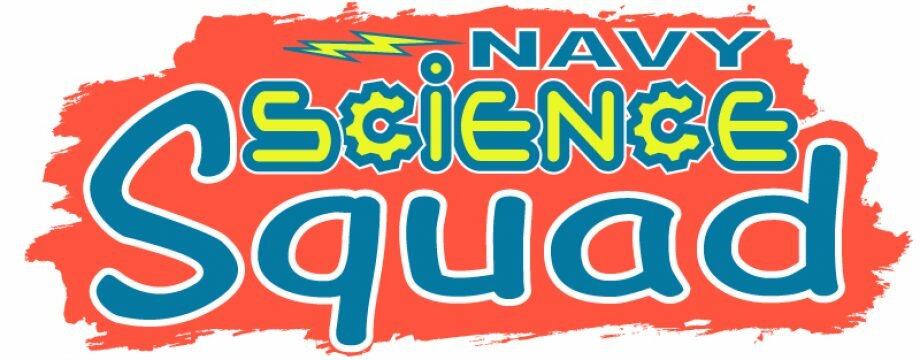Way back in 2011, I posted about a neat color change experiment called . Nowadays, we do a different demonstration in its place called the Chemical Traffic Light. This one is great for presentation because it is actually repeatable, which is pretty rare in chemistry! ()
This experiment also requires two solutions, but with different chemicals:
 |
Solution A: 5 grams of sodium hydroxide (chemical symbol: NaOH) is dissolved in 150mL of distilled water. This is often sold as flakes or “prills,” which are pictured here. The solution will heat up surprisingly hot, just from the act of dissolving! |
 |
Solution B: 3g of dextrose is dissolved in 100mL of distilled water. Dextrose is a special type of sugar, and is also known as D± Glucose. Its chemical structure appears to the left. |
After the two solutions are prepared, we mix them together and observe… nothing! There actually is a reaction going on, but we just can’t see it. We need to add an indicator to see what’s happening. In this case we use a tiny amount (about 0.1g) of a dye called indigo carmine. The dye is so strong we only need a pinch of it. The mixture is then swirled for several minutes to dissolve everything. This can take a while, but it will eventually all dissolve.
The first thing to notice is that indigo carmine, as the name might suggest, is blue. But, when it is added to our solution, it dissolves and makes the liquid turn green! After several minutes, the color starts to change yet again from green to red and eventually yellow. We can reverse these color changes by simply shaking the flask. See the reaction in action in the video below.
The Science:
The secret to this chemical reaction is that it needs oxygen to work, just like humans and animals do! When the solution is allowed to sit for some time, it settles into its fully reduced state and becomes a yellow color. If the flask is gently swirled, a small amount of oxygen from the air is dissolved into the liquid and reacts with the dye to change it to a red color. If the flask is then shaken strongly, more oxygen is dissolved and the dye reacts further to form a green color!
What’s really interesting is that now if the solution is left alone, it will transition back through red and return to the original yellow color. This happens because the dye, indigo carmine, gets oxidized by the oxygen from the air (to go from yellow -> red -> green) and then gets reduced by the dextrose in solution (to go from green -> red -> yellow).
Even more amazing is that these color changes are repeatable! The same solution can be reused for quite a while, shaking and letting stand again and again. My testing showed that this particular setup can be repeated about 11 times before the dye fades.
If we use the same indigo carmine dye and dextrose solution, but change the pH (by altering the amount of sodium hydroxide in solution A), we can get a whole range of different colors! Check out the chart below: (click on the image for better resolution)
source:
Finally, using these same solutions but different dyes yields a whole range of different colors! For example, we have used methylene blue to make a solution that goes from clear to blue when shaken. This version is the more well-known blue bottle demonstration.
Disposal:
Disposal for this experiment is very similar to the Chemical Chameleon – we simply need to neutralize the sodium hydroxide by adding an appropriate amount of acid. In this case, the 5 grams of hydroxide is neutralized by about 17mL of 20% sulfuric acid after demonstration time. The indigo carmine acts as an effective indicator for this – when the solution turns blue, it is very close to neutral. This blue liquid can then be safely poured down the drain.


3 Responses to The Chemical Traffic Light